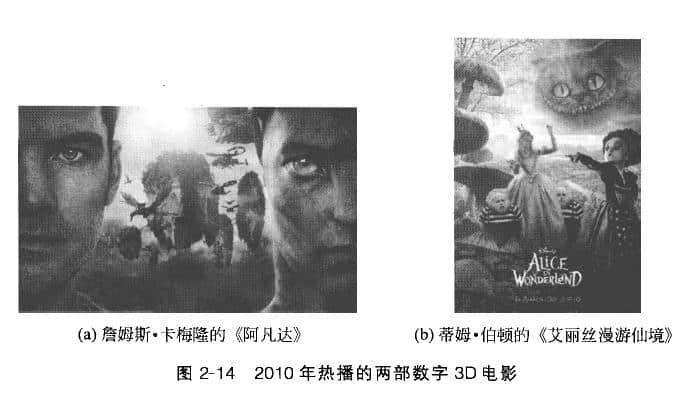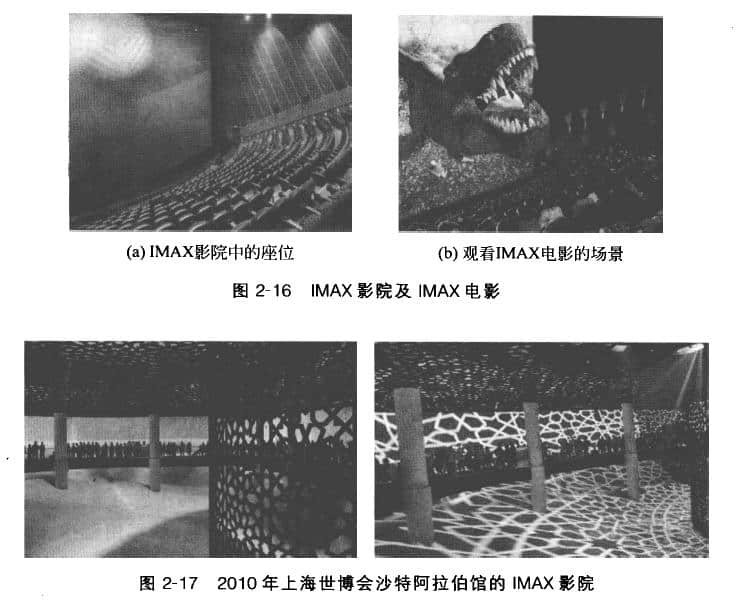Online games become one of the main applications of the Internet
Source: Shangpin China |
Type: website encyclopedia |
Time: June 16, 2014
The entertainment industry is a kind of information technology application that is talked about and enjoyed by people. Today, based on Beijing website production Digital entertainment has become one of the main applications of the Internet. With the increasing number of Internet users in China, online games have increasingly become a huge industry. Online games have become the third largest application after news and information acquisition and online chat. 1. Online games - players' paradise One day 20 years ago, in the dead of night, Roy Trubshaw of the University of Essex, UK, was very bored and drew three letters under his finger - MUD (mud). The meaning of these three letters can no doubt instantly "thunder" to the game crazy players, and he has six I. people and eighteen layers of mud. MUD represents the arrival of the era of online games. When MUD knocks on the hearts of players around the world with its simple text interface and tedious command input mode, few businessmen have smelled this huge potential business opportunity. Because the network was not popular enough at that time, the most successful commercial games in the business game world were single player games - eternal swords, the Three Kingdoms Endless sailing and millionaires who are so happy that they can laugh even in their dreams. Since then, some enterprises have joined the online game industry, but it has not formed a climate. This situation has continued until the arrival of the first graphic MURK Network Creation. Once this game with rough interface and monotonous playing method was launched in 1997, the number of users broke through 100000. Its popularity has attracted many businessmen, and many excellent works have appeared, including Endless Task, Legend, etc. Of course, their light is now covered by World of Warcraft. 2. TV sets that are constantly innovating Television is the product of modern science and technology, and is also one of the most rapidly updated electronic products. From 1883, when the German electrical engineer Nipkov used the "Nipkov disc" invented by him to launch the first image experiment, to 1939, when the television was officially unveiled at the World Expo in New York, the United States, and now to the powerful LED LCD TV, the television has been influencing everyone and becoming an indispensable part of people's life, Information technology plays an important role in the development of television. Now let's take a look at the modern television with information technology. (1) Internet TV Network TV, also known as IPTV (Internet Protocol Television), takes TV, personal computer and viewing equipment as display terminals, connects to broadband network through set-top boxes and computers, and realizes digital TV, time shifted TV, interactive TV and other services. The emergence of network TV has brought a new way of watching TV to people. It has changed the previous passive TV watching mode, and realized watching TV on demand and watching TV on demand. (2) Digital TV Digital Television (DTV) refers to a television system that uses digital technology to encode and compress moving images and sound signals, and then stores or broadcasts them in real time for users to receive and play. Digital technology is used in all links of the system, from studio program production to transmission, storage/transmission, to reception and display. Compared with traditional analog TV, digital TV has significant improvements in both image and sound quality. According to the different definition, digital TV can be divided into standard definition television (SDTV) and high definition television (HDTV). (3) Time shifted television Time shifted TV (TSoC) means that when watching digital TV programs, viewers can press the Pause or Back/Fast Forward button at any time to select TV programs a few days ago. TSoC has completely subverted the traditional way of watching TV, brought a new viewing experience to the audience, and also made digital TV become a real "my TV", free from time constraints, and conform to the faster and faster pace of life of modern people. Interactive TV is the product of the combination of digital TV and broadband Internet. Interactive TV changes the traditional passive reception mode to the interactive mode in which users choose programs independently, that is, click to watch. As a new way of TV viewing, interactive on-demand (VOD) provides the audience with greater freedom, more choices, stronger interaction ability, and effectively improves the participation, interactivity, and pertinence of programs. (4) 3D TV 3D (Three Dimensional) is a three-dimensional figure. Due to the slight difference in the angle of observation of objects by both eyes, people can distinguish the distance of objects and generate stereoscopic vision. Three dimensional stereoscopic image television uses this principle to separate the images seen by the left and right eyes. The stereoscopic display effect of 3D LCD TV is to send the encoded 3D video image to everyone's left and right eyes independently by adding a special precision cast lens screen to the LCD panel, so that users can experience the stereoscopic feeling without using stereoscopic glasses, and can also be compatible with 2D images. On January 7-10, 2010, at the 2010 International Consumer Electronics Show (2010 CES) held in Las Vegas, the United States, Samsung, Toshiba, Panasonic and others launched LCD or plasma 3D high-definition televisions. Panasonic V series 3D plasma TV is equipped with 3D glasses with cool appearance, while taking care of the needs of users wearing glasses, as shown in Figure 2-13. 3. Digital 3D film - growing visual wind base With the deep development of film digitalization, as an extension form of digital film, digital 3D film has sprung up, and its development speed is impressive. In the United States, known as the film kingdom, 3D film has seen a substantial growth from production to cinema. Since Disney Company launched its first 3D film "Chicken Run" in November 2005, a large number of digital 3D films have emerged, such as "Horror on Christmas Eve", "Visit the Robinson Family", "Beowulf", etc. The production method of digital 3D movies has also developed from the early computer animation to the stage of integration of live shooting and computer animation. 2010 can be called the year of digital 3D movies. Following the shocking visual experience of Avatar, a series of digital 3D movies such as Alice in Wonderland have landed in China, allowing people to enjoy a visual feast, as shown in Figure 2-14. IMAX (Image Maximum) is a film projection system that can project larger and higher resolution films than traditional negatives. The standard IMAX screen is 22m wide and 16m high. It can also be played on larger screens IMAX is the most successful image display system in large format and needs to be played in specific venues. Among the numerous IMAX systems, there is an IMAX system suitable for playing on the same roof of an inclined planetarium, called the All Sky Movie (formerly known as OmniMax, now known as IMAX Dome). Figure 2-15 shows the IMAX cinema in London, UK. IMAX was invented by three Canadians, Graerne Ferguson, Roman Kroiter and Robert Kerr. The first IMAX film was broadcast at the World Expo in Osaka, Japan in 1970, while the long-term IMAX system was installed in Toronto, Canada in 1971. At the 1974 World Expo held in Spokane, Washington, USA, the USA Pavilion exhibited a 27 3mX 19. The 7m giant IMAX screen can fill the entire view when the audience looks straight ahead, as shown in Figure 2-16. A total of 50. Ten thousand people have watched it, and most of the audience think it presents a strong sense of motion, and a small number of the audience even suffer from seasickness. This screen has only been on display for six months. A few years later, a standard size IMAX screen was installed in Riverfront Park IMAX Theatre, and has been in use since then. The world's largest IMAX cinema was installed in the Saudi Arabia Pavilion at the 2010 Shanghai World Expo, which has the world's largest IMAX screen, as shown in Figure 2-17.
Source Statement: This article is original or edited by Shangpin China's editors. If it needs to be reproduced, please indicate that it is from Shangpin China. The above contents (including pictures and words) are from the Internet. If there is any infringement, please contact us in time (010-60259772).











